< Circuit Idea
<<< contents - bistable VNIC - linear INIC - linear VNIC - negative impedance - page stage >>>
Investigating the Bistable Mode of Negative Impedance Converters with Current Inversion

INIC operating in bistable mode is a current-driven N-shaped true negative resistor.

Fig. 1a: A hysteresis IV curve of current-driven INIC.
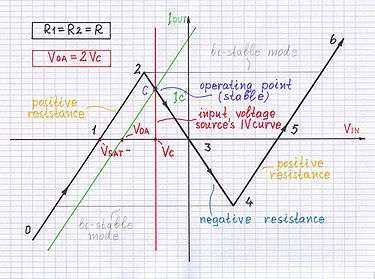
Fig. 1b: An N-shaped IV curve of voltage-driven INIC.
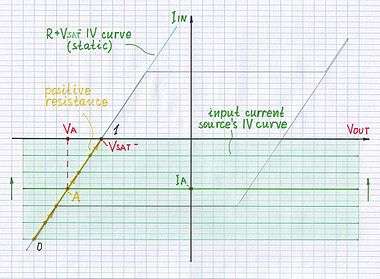
Fig. 2a: Scanning the left bottom part (0 - 1) of the curve.

Fig. 2b: Sinking a current from INIC.
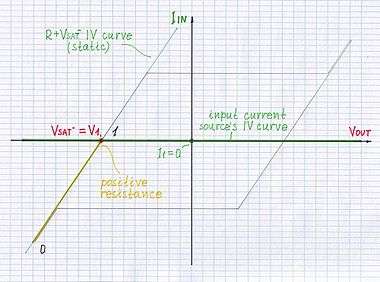
Fig. 3a: Investigating the point 1 of the curve.

Fig. 3b: Sinking no current from INIC.

Fig. 4a: Scanning the left top part (1 - 2) of the curve.
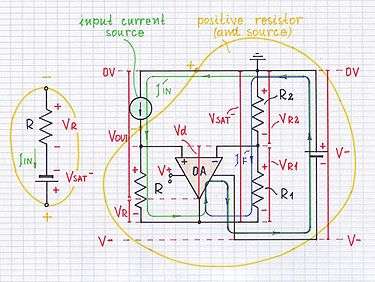
Fig. 4b: Injecting a current to INIC.
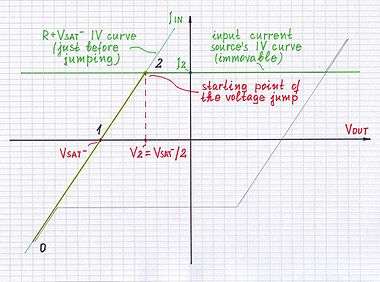
Fig. 5-1a: Investigating the starting point of the voltage jump.
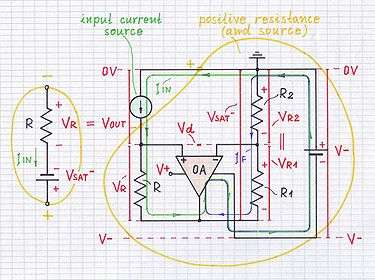
Fig. 5-1b: Making the op-amp "jump" to the positive rail.
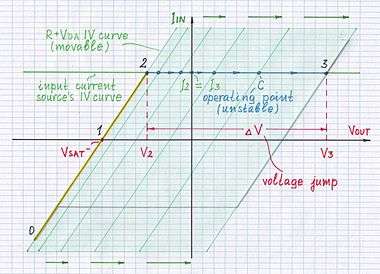
Fig. 5-2a: Scanning the top jumping path (2 - 3).
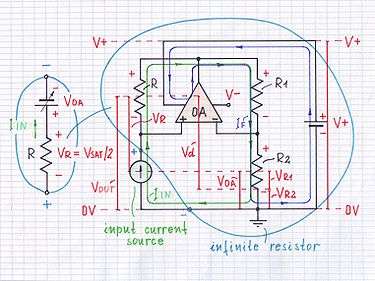
Fig. 5-2b: The op-amp "jumps" to the positive rail.

Fig. 5-3a: Investigating the final point of the voltage jump upward.
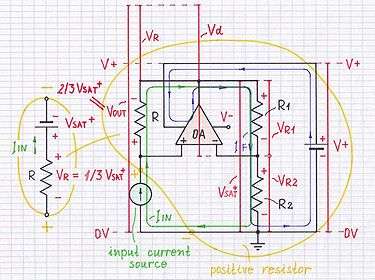
Fig. 5-3b: The op-amp "calms down" at the positive rail.

Fig. 6a: Scanning the right top part (3 - 4) of the curve.

Fig. 6b: Injecting a big current to INIC.
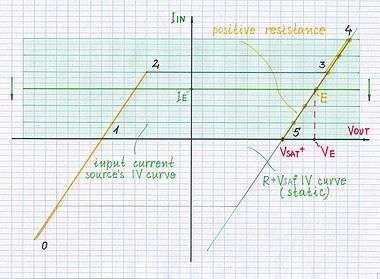
Fig. 7a: Scanning the right top part (4 - 5) of the curve.

Fig. 7b: Injecting a current to INIC.

Fig. 8a: Investigating the point 5 of the curve.
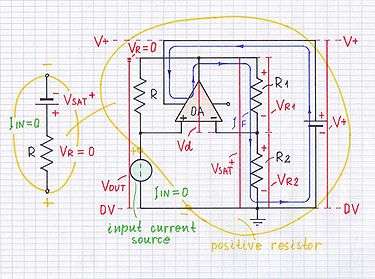
Fig. 8b: Injecting no current to VNIC.

Fig. 9a: Scanning the right bottom part (5 - 6) of the curve.
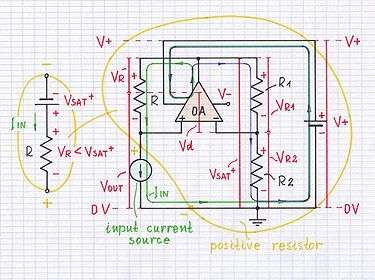
Fig. 9b: Sinking a current from INIC.
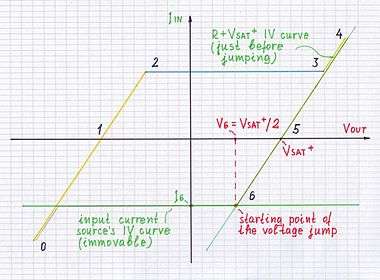
Fig. 10-1a: Investigating the starting point of the voltage jump.
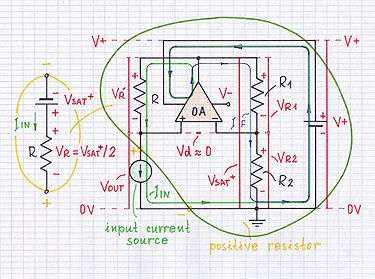
Fig. 10-1b: Making the op-amp "jump" to the negative rail.

Fig. 10-2a: Scanning the bottom jumping path (6 - 7).

Fig. 10-2b: The op-amp "jumps" to the negative rail.

Fig. 10-3a: Investigating the final point of the voltage jump downward.
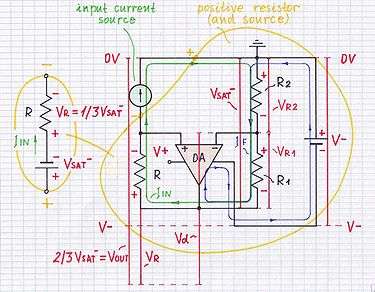
Fig. 10-3b: The op-amp "calms down" at the negative rail.
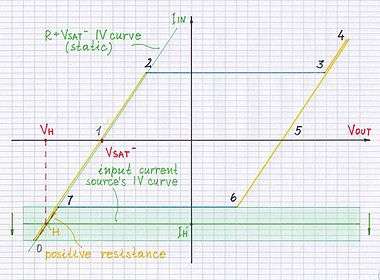
Fig. 11a: Scanning the left bottom part (7 - 0) of the curve.

Fig. 11b: Siniking a big current from INIC.
<<< top - contents - bistable VNIC - linear INIC - linear VNIC - negative impedance - page stage >>>
Circuit idea: Making the positive feedback dominate over the negative one.

Introduction
What a current inversion NIC to operate in bistable mode means
How to investigate the bistable mode of current inversion NIC


Investigating the circuit at ideal driving conditions
Increasing the input current
Negative input current, negative output voltage


Zero input current, negative output voltage


Positive input current, negative output voltage


Voltage jump upward
...start...


...middle...


...final


Positive input current, positive output voltage


Decreasing the input current
Positive input current, positive output voltage


Zero input current, positive output voltage


Negative input current, positive output voltage


Voltage jump downward
...start...


...middle...


...final


Negative input current, negative output voltage


Investigating the circuit at real driving conditions
How to make INIC operate in bistable mode
What is the relation with the non-inverting comparator with hysteresis?
See also
Revealing the mystery of negative impedance
Investigating the linear mode of negative impedance converters with current inversion
Negative impedance converter from Wikipedia considers NIC with current inversion (INIC).
References
External links
This article is issued from
Wikibooks.
The text is licensed under Creative
Commons - Attribution - Sharealike.
Additional terms may apply for the media files.